
Toyota will fully remodel the new third-generation Prius PHEV and release it on March 15, 2023. Unlike the second generation, this time it adopted the same body design as the fifth generation Prius. I would like to talk about the reason for this change .
ADVERTISEMENT
ADVERTISEMENT
- About the new Prius PHEV 3rd generation exterior
- About the new Prius PHEV 3rd generation interior
- About the new Prius PHEV 3rd generation
- About the new Prius PHEV 3rd generation interior
- New Prius PHEV power generation and power supply function
- New Prius PHEV 3rd generation installed engine
- About the new Prius PHEV 3rd generation next generation Toyota Safety Sense
- 2nd generation next generation Toyota Safety Sense feature comparison
About the new Prius PHEV 3rd generation exterior
The new Prius adopts the same body design for both HEV and PHEV models, and expresses each model’s individuality by changing the details and color scheme. The PHEV-specific design features sporty and dynamically shaped 19-inch aluminum wheels that give the impression of high-performance driving, as well as a metallic silver-painted lower grille and gray smoke-colored tail lamps that emphasize advancedness .
New Prius

prius
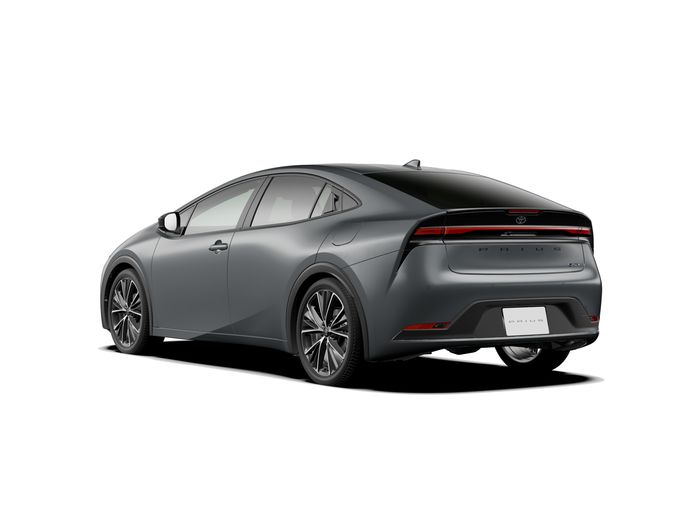
New Prius PHEV

Prius PHEV

old prius
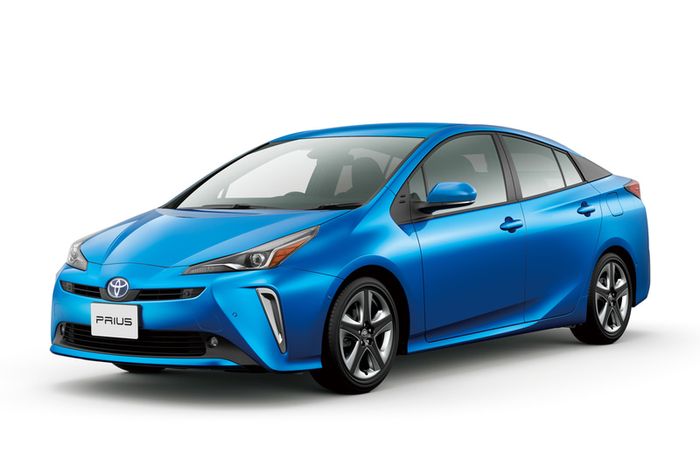
Old Prius PHV

This time, there were no changes to the basic exterior and interior design. I believe that the biggest reason for this is that we are now in an era where PHEV is just an option for Toyota, and is by no means special. Currently, in addition to the Prius, there are many other models in the lineup, including the Harrier PHEV , RAV4PHEV , and Lexus’ NX450+ and RX450+ , so the Prius PHEV is no longer the only choice.
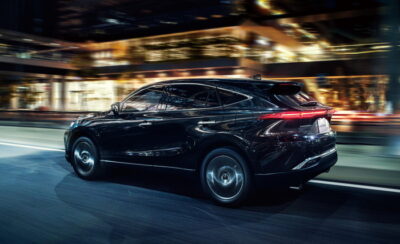
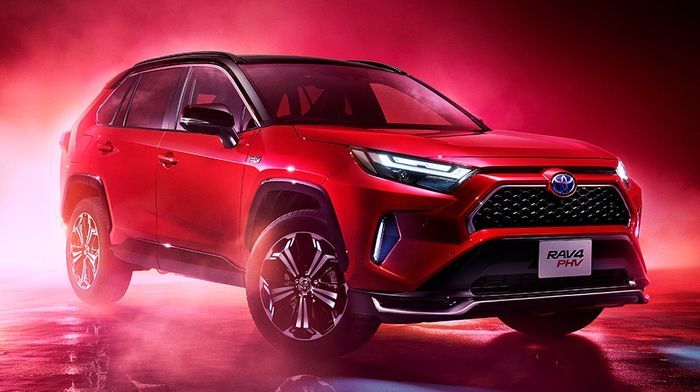

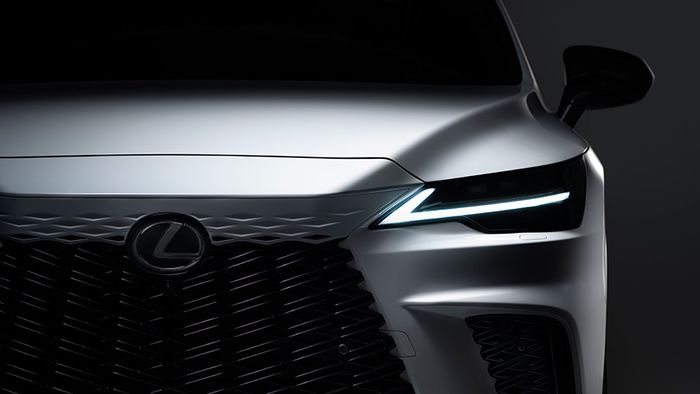
ADVERTISEMENT
ADVERTISEMENT
About the new Prius PHEV 3rd generation interior
In the interior, the center meter has been abolished and a digital meter has been adopted on the front.In keeping with Toyota vehicles such as the new MIRAI, Crown, and Harrier, the air conditioner vents have been changed and the navigation system has been moved upwards around the instrument panel. By doing so, there is a high possibility that the specifications will be changed to be more user-friendly. Additionally, it features an “electric parking brake and hold.” “Digital interior mirror (with front and rear recording function)” Displays images from a camera installed at the rear of the vehicle on the rearview mirror. It also has a recording function.
New Prius
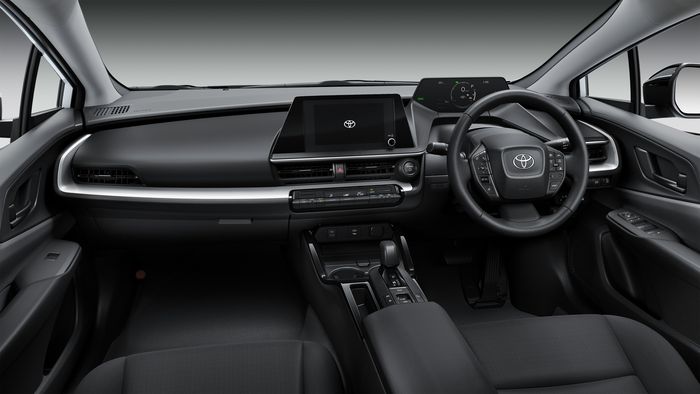

New Prius PHEV


old prius
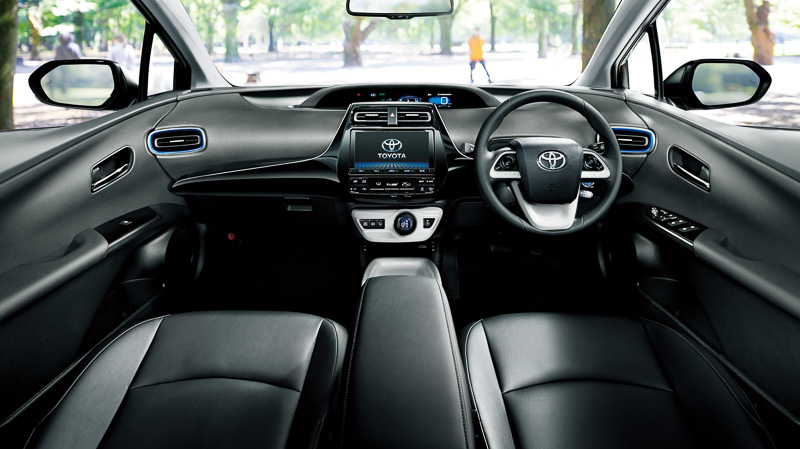
Old Prius PHV

ADVERTISEMENT
ADVERTISEMENT
About the new Prius PHEV 3rd generation
It adopts the now traditional one-motion style 5-door hatchback body shape and uses the second-generation TNGA (Toyota New Global Architecture) platform to further lower the center of gravity. Higher grades use 19-inch large diameter tires. The 5th generation hybrid system is Toyota’s first to use a series parallel hybrid plug-in hybrid with a reduction mechanism that combines an in-line 4-cylinder DOHC 2.0L engine “M20A-FXS” with a motor . Maximum system output is 164kW (223PS), approximately twice that of the previous model, and acceleration from 0 to 100km/h is 6.7 seconds. Vehicles with 19-inch tires achieve fuel efficiency of 26.0km/L, and vehicles with 17-inch tires achieve fuel efficiency of 30.1km/L. The EV driving range is 87km for a vehicle equipped with 19-inch tires, and 105km for a vehicle equipped with 17-inch tires, which is a 75% improvement over the conventional model.
It uses the next-generation Toyota Safety Sense, which can detect bicycles during the day and pedestrians at night. The Prius is one of Toyota’s first models to introduce advanced technology, and the new Prius now includes an EV model in addition to the hybrid and PHEV (plug-in hybrid) of the previous models . (Release dates vary.)

ADVERTISEMENT
ADVERTISEMENT
About the new Prius PHEV 3rd generation interior
In the interior, the center meter has been abolished and a digital meter has been adopted on the front.In keeping with Toyota vehicles such as the new MIRAI, Crown, and Harrier, the air conditioner vents have been changed and the navigation system has been moved upwards around the instrument panel. By doing so, there is a high possibility that the specifications will be changed to be more user-friendly. Additionally, it features an “electric parking brake and hold.” “Digital interior mirror (with front and rear recording function)” Displays images from a camera installed at the rear of the vehicle on the rearview mirror. It also has a recording function.



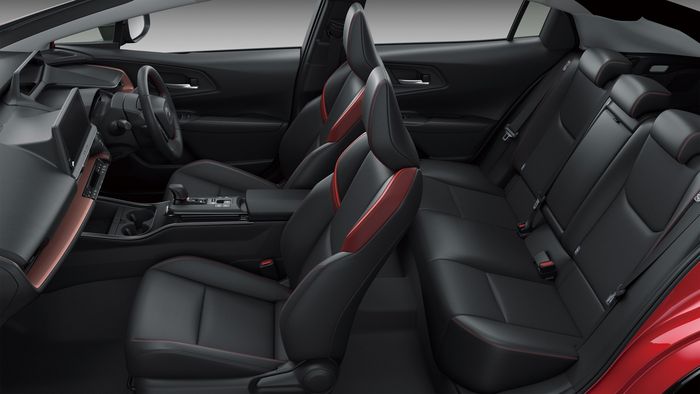
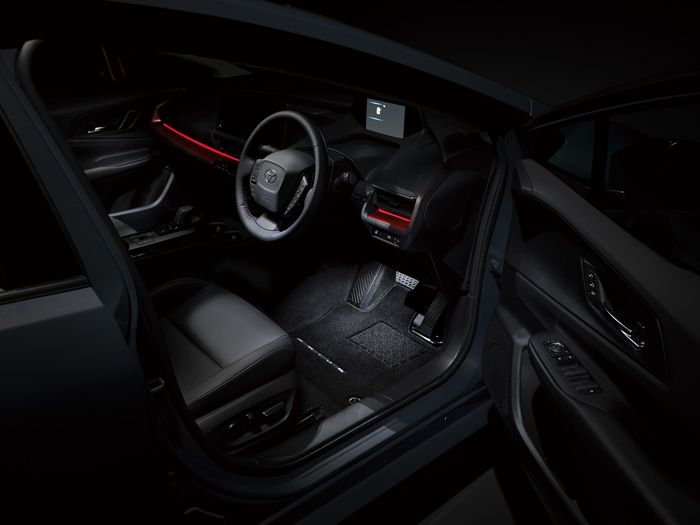

ADVERTISEMENT
ADVERTISEMENT
New Prius PHEV power generation and power supply function
As features unique to PHEVs, in addition to the “EV power supply mode” that allows the power stored in the battery to be supplied to an external source, which is useful for leisure and outdoor activities, there is also the “HEV power supply mode” that allows the vehicle to be used as a power source in emergencies such as power outages and disasters. . In HEV power supply mode, power is initially supplied only by the battery, and when the battery drops below a certain level, the engine starts and continues power supply. Approximately 5 days’ worth of electricity can be supplied from a fully charged battery and a full tank of gasoline .
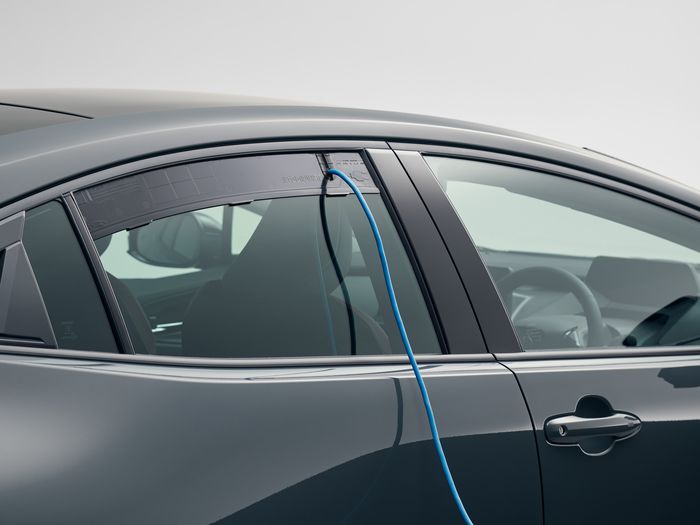
As a power supply equipment, it is equipped as standard with an external power supply attachment that prevents insects and rainwater from entering the room, and allows external power supply with the door glass closed. By inserting the included vehicle power connector into the charging inlet, it can also be used as a 100V/1,500W external power supply outlet.
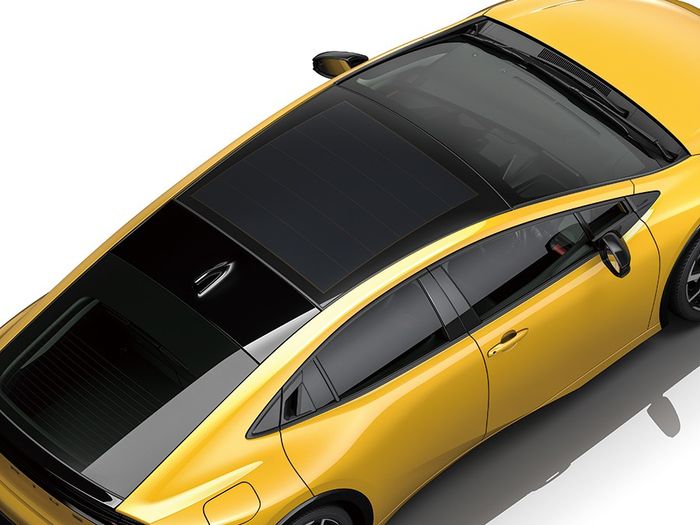
A second-generation solar power generation system has been installed that efficiently converts sunlight into electricity and produces electricity equivalent to 1,250km of EV driving in one year . A high-efficiency solar panel is mounted on the roof of the vehicle, allowing it to be charged as long as there is sunlight, even in parking lots without charging stations or in the event of a power outage due to a disaster. The power generated by the solar panels charges the drive battery while the vehicle is parked, providing power not only for driving but also for various functions such as the air conditioner . While driving, power is supplied to the auxiliary battery system to reduce power consumption of the drive battery. Equipped with a “My Room Mode” that allows you to use the air conditioner and audio by using power from an external power source when you turn on the power switch during normal charging. You can enjoy your time in the car comfortably without starting the engine.
ADVERTISEMENT
ADVERTISEMENT
New Prius PHEV 3rd generation installed engine
Compared to the third-generation Prius PHEV, the front motor and rear motor have been significantly strengthened , and the inline-4 DOHC 2.0L+ motor (series parallel plug-in hybrid with reduction mechanism) uses a higher output engine and motor to improve driving performance and fuel efficiency. Contributing to Achieves maximum system output of 164kW (223PS) while maintaining low fuel consumption . The powerful acceleration performance unique to PHEV marks a 6.7 second acceleration time from 0 to 100 km/h. EV mileage is improved by more than 50% compared to conventional models. Battery performance has been improved so that the majority of daily life can be covered by EV driving alone.
| spec | New Prius PHEV |
|---|---|
| full length | 4,605mm |
| full width | 1,780mm |
| Overall height | 1,440mm |
| Wheelbase | 2,750mm |
| engine | Straight 4 DOHC 2.0L+ motor ( series parallel hybrid with reduction mechanism ) |
| Maximum output | 112kW (152ps) |
| Maximum torque | Nm (kgm) |
| Front motor maximum output |
83kW (113PS) |
| Front motor maximum torque |
185Nm (18.9kgfm) |
| Rear motor maximum output |
30kW (41PS) |
| Rear motor maximum torque |
4Nm (8.6kgfm) |
| system output | 164kW (223PS) |
| 0-100km/h acceleration | 6.7 seconds |
| WLTC mode fuel consumption | 26.0km/L~ 30.1km/L |
| price | 4,600,000 yen |
ADVERTISEMENT
ADVERTISEMENT
About the new Prius PHEV 3rd generation next generation Toyota Safety Sense
The second generation “Next Generation Toyota Safety Sense” will be installed as standard on all models. “Pre-crash safety,” which can now detect bicycles during the day and pedestrians at night, and “radar cruise control,” which maintains a constant distance from the vehicle in front, assists in steering operations necessary to maintain lane. Equipped with Lane Tracing Assist (LTA). A function to detect bicycle drivers during the day and pedestrians at night has been added to Pre-Crash Safety. Excellent recognition performance and reliability are ensured using millimeter wave radar and cameras. In addition to three types of active safety functions: collision avoidance support type PCS, LDA, and AHB, a pedestrian detection function is added to the PCS. It enables pedestrian collision avoidance support and damage mitigation, and is also equipped with radar cruise control.
Compatible with the latest “collision avoidance support type pre-crash safety”, “detection at intersections”, “low speed acceleration suppression function” and “emergency steering avoidance support function”. Pre-crash safety (PCS) with pedestrian detection function uses millimeter-wave radar and cameras to detect vehicles and pedestrians ahead, and uses warnings, brake assist, and automatic braking to assist in collision avoidance and reduce damage. Automatic braking operates in the speed range of 10 to 80 km/h for pedestrians. For example, if the speed difference between you and the pedestrian is 30 km/h, the automatic brake will decelerate by approximately 30 km/h and assist in collision avoidance. . Additionally, it operates over a wide range of speeds from 10km/h to the maximum speed.For example, if the speed of your own vehicle is 40km/h compared to a stationary vehicle, it can decelerate the vehicle by approximately 40km/h. Furthermore, “Low speed acceleration suppression function”, “Detection of oncoming vehicles and pedestrians when turning right at an intersection”, and “Emergency steering avoidance support function” have been added.
- At low speeds, the low speed acceleration suppression function detects pedestrians, cyclists, and vehicles directly in front of the vehicle and suppresses acceleration.
- It can also detect oncoming vehicles when turning right at an intersection, as well as pedestrians crossing from the opposite direction when turning left or right.
- An emergency steering avoidance support function that assists steering in response to the driver’s avoidance steering during an emergency.
Road Sign Assist (RSA) has expanded the range of detection targets, and also reads major traffic signs on the side of the road, such as “Speed Limit,” “Stop,” “No Entry,” and “No Extending,” and displays them on the instrument panel.
A Lane Departure Alert (LDA) camera recognizes white and yellow lines in the driving lane, and if a possibility of lane departure is detected, a buzzer and display alert the driver to avoid collisions caused by lane departure. support.
An automatic high beam (AHB) camera detects the headlights of an oncoming vehicle or the taillights of a vehicle in front, and automatically switches between high and low beams to reduce dazzling to drivers of other vehicles and ensure forward visibility at night. support.
Radar Cruise Control Radar cruise control uses millimeter-wave radar to detect the distance between the vehicle in front and the vehicle in front, and adjusts the speed to match the speed of the vehicle in front within a set vehicle speed, allowing the vehicle to follow the vehicle while maintaining a constant distance. Adopted. Lane changes by the vehicle in front are detected using millimeter wave radar and cameras, achieving smoother acceleration and deceleration control. Aiming for “zero traffic accident casualties”, which is the ultimate wish of a mobility society, Toyota researches and develops various safety equipment and systems based on the “Integrated Safety Concept,” and is committed to “developing safer vehicles and technology.” At the same time, we are strengthening a wide range of initiatives for traffic safety through “participation in improving the traffic environment” and “traffic safety awareness activities for people.”
Lane Tracing Assist (LTA) Lexus Lane Tracing Assist [LTA] installed in the new LS series is adopted for the first time in the next generation Toyota Safety Sense P. When driving on a highway or expressway, turning on the Lane Tracing Assist (LTA) switch when the radar cruise control is activated will provide steering assistance necessary for lane maintenance.
Proactive Driving Assist: Predicts risks depending on the driving situation, such as pedestrians crossing or pedestrians who may jump out, supporting driving operations to avoid getting too close to danger, giving the driver peace of mind. . Furthermore, by supporting deceleration operations in response to preceding vehicles and curves in front, and by reducing the need for frequent pedal depressing operations, the system gently supports the driver in driving situations such as on general roads.
advanced safety
Intelligent Clearance Sonar (Parking Support Brake Stationary) A system that helps reduce damage by mitigating collisions caused by pressing the accelerator incorrectly or pressing too hard. A function has been added to the Clearance Sonar, which uses a display and a buzzer to alert you when you are approaching a stationary object when driving, such as when parking in a garage. Sonar also detects windows such as convenience stores. When driving at low speeds (15 km/h or less), if a stationary object is detected in the direction of travel, the hybrid system output is suppressed and the brakes are automatically applied when the distance further decreases.
Leading vehicle departure notification function If you stop following a vehicle in front while waiting at a traffic light or in traffic jams, and remain there without noticing that the vehicle in front has started, you will be notified with a buzzer and a display.
Emergency brake signal (hazard lamp flashing type) When you apply sudden brakes, the hazard lamp flashes automatically.
Lane Tracing Assist [LTA] system for responding to driver abnormalities. If the driver remains inactive during control, a sound, display, and slow deceleration warning will prompt the driver to take action, and a hazard and horn will alert the driver to abnormalities outside the vehicle. The vehicle decelerates and stops within its own lane while alerting the driver, helping to avoid accidents that cause injury or damage to the vehicle, and reduce accident damage.
Digital interior mirror Images from a camera attached to the rear of the vehicle are displayed on the rearview mirror.
Advanced Park Remote function allows you to back up to the target parking position confirmed on the screen or exit from parallel parking by using the screen display, voice and buzzer to guide you, and by controlling the steering wheel, shift position, accelerator and brakes. assist. Additionally, a dedicated smartphone app is available, allowing you to park remotely from outside the vehicle.
Panoramic View Monitor (360° Monitor) This allows you to see areas that are difficult to reach, such as diagonally behind or directly to the side of the car, allowing you to quickly spot obstacles.
Blind Spot Monitor (BSM) Radar detects vehicles running in adjacent lanes. When the vehicle enters the blind spot area, an LED indicator mounted on the door mirror lights up.
Safe Exit Assist (SEA) When exiting the vehicle, the Blind Spot Monitor [BSM] sensor is used to detect approaching vehicles, including bicycles, from behind. If the system determines that there is a possibility of collision with the opened door or a passenger who has exited the vehicle, an indicator in the door mirror lights up to alert the driver.
Rear Cross Traffic Auto Brake Detects blind spots when reversing and alerts you. If there is a risk of collision, the system automatically applies brake control to help reduce damage caused by collisions with approaching vehicles.
Remote Start (App) A new optional service that allows you to start the engine and start the air conditioner from the MyTOYOTA app.
2nd generation next generation Toyota Safety Sense feature comparison
| System equipment | 4th generation Prius |
5th generation new Prius |
|
|---|---|---|---|
| Toyota Safety Sense |
Collision avoidance support type pre-crash safety |
◯ Daytime pedestrian |
◯ Day and night pedestrians, bicycles, and motorcycles |
| proactive driving assist |
– | ◯ | |
| Lane departure alert ( with steering control function) |
◯ Steering control white line/yellow line detection wobbling alarm |
◯ Steering control white line/yellow line detection road edge detection sway alarm |
|
| adaptive high beam system |
◯ | ◯ | |
| Radar cruise control (with all vehicle speed tracking function) |
◯ | ◯ | |
| lane tracing assist |
– | ◯ | |
| Road sign assist traffic sign reading |
– | ◯ | |
| Leading vehicle departure announcement | – | ◯ | |
| preventive safety equipment |
blind spot monitor |
◯ | ◯ |
| intelligent clearance sonar |
◯ | ◯ | |
|
Rear cross traffic |
◯ | ◯ | |
| Advanced Park with remote function |
– | ◯ | |
| Safe Exit Assist (SEA) | – | ◯ | |
| Driver abnormality response system |
– | ◯ | |
| hill start assist control |
◯ | ◯ | |
| panoramic view monitor |
– | ◯ | |
| Comfortable equipment |
Comfortable heated seat + seat ventilation |
◯ | ◯ |
| steering heater | – | ◯ | |
| Digital inner mirror (with front and rear recording function) |
– | ◯ | |
| ITS Connect | ◯ | ◯ | |
| Electric parking brake & hold |
– | ◯ | |
| power seat | ◯ | ◯ | |
| hands free power backdoor |
– | ◯ | |
| heads up display |
◯ | ◯ | |
| digital key | – | ◯ | |
| Naviless | ◯ | – | |
| toyota display audio |
– | ◯ * Excluding base grade X |
|
| In-vehicle communication device (DCM) | – | ◯ | |
Toyota 2nd generation version Toyota Safety Sense introduced from 2018 Comparison Changes
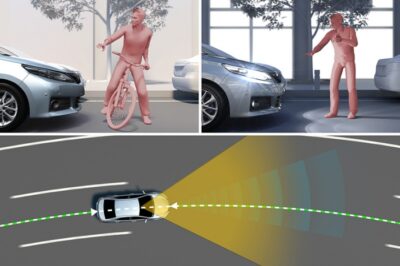
We will notify you as soon as new information becomes available.
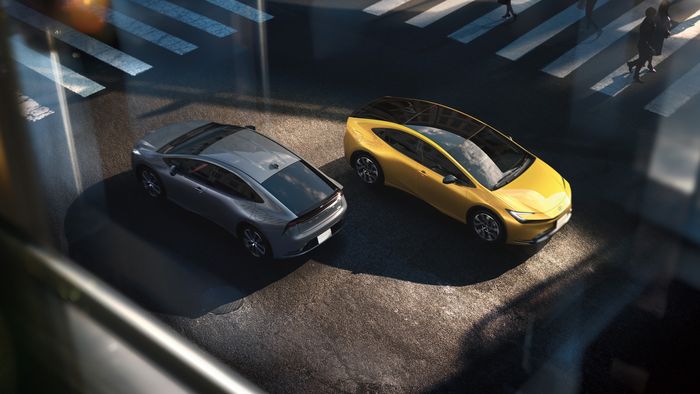
toyota news release
